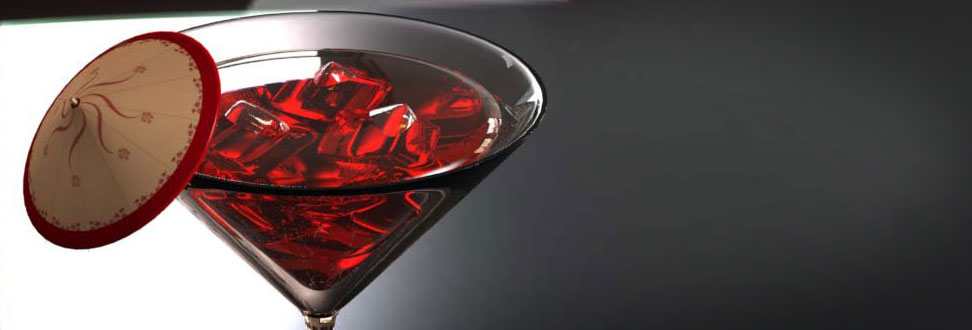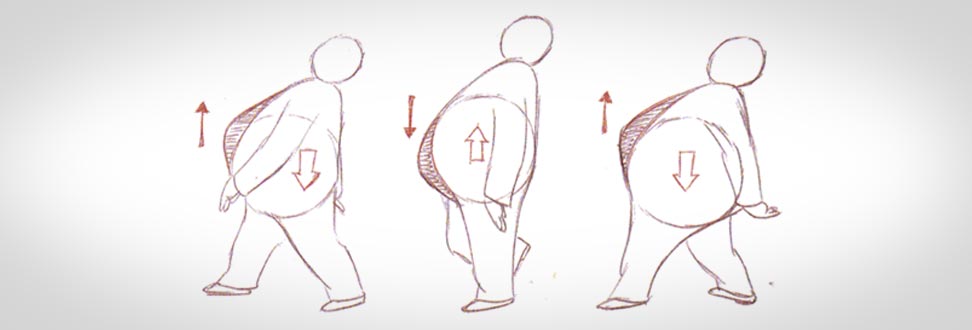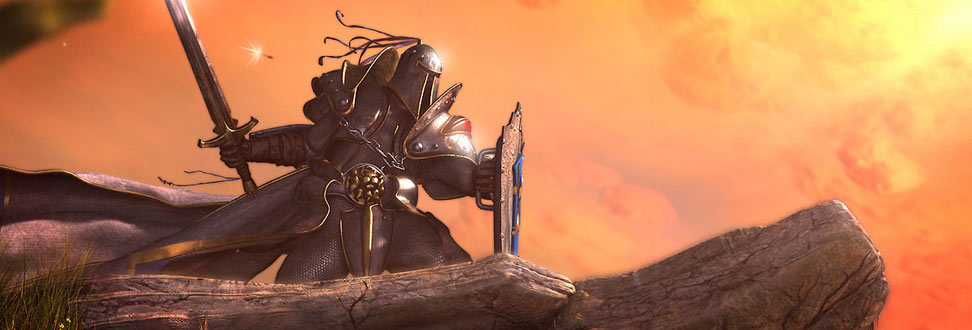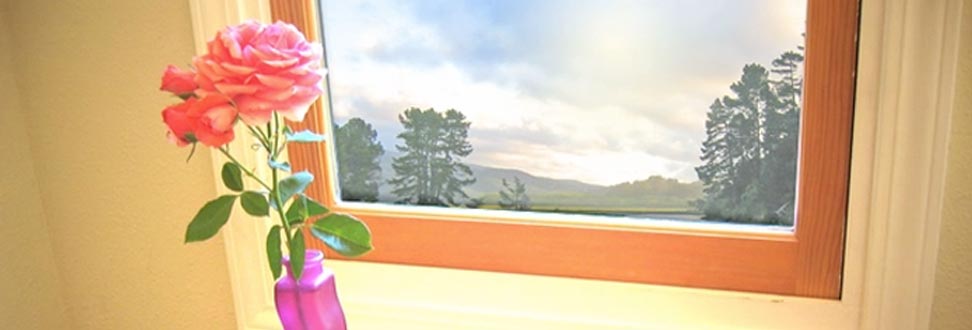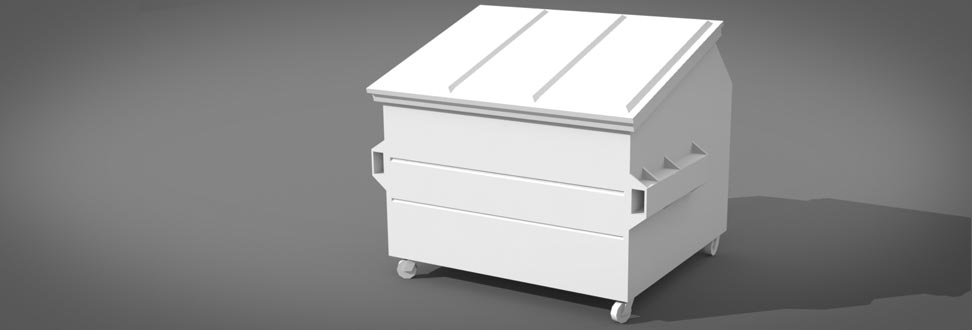This week, we are going to take a look at some advanced duplication tools as well examine the process of creating UV maps for our models. We’ll explore the art of texture painting, UV mapping and creating textures in Photoshop. Using the advanced set of mesh creation tools, we can build a series of complex shapes very quickly. New materials recipes will help us create advanced shading effects for glass and reflections in this week’s homework assignment.

